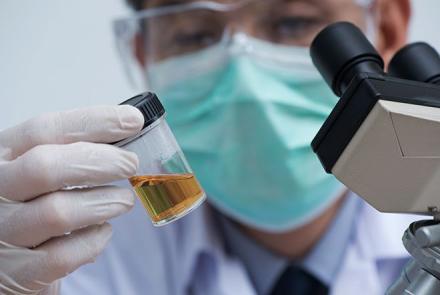
Diagnosis
History and physical exam may suggest whether you have a lower or upper UTI. Definitive diagnosis requires a “clean catch” urine specimen. This is urine collected from the middle of the urinary stream (decreases the contamination of cells and microbes). The doctor will instruct how to do a clean catch. The goal is to avoid picking up bacteria from patient’s skin.
Read: Know Your Tests: The Urine Test
Doctors will look for a large number of white blood cells in the urine. This can signal an infection. In UTI infections, urine will be collected and sent to laboratory for bacterial culture. This can identify the cause of infection. It can also help your doctor choose appropriate treatment.
If an upper UTI is suspected, it may also need a complete blood count (CBC) and blood cultures. These can make certain that the infection hasn’t spread to the blood.
People with recurrent UTIs may need to be checked for obstructions. Some tests for this include:
- Ultrasound
- Intravenous pyelogram (radiological technique used to visualise abnormalities of urinary system including kidneys, ureter and bladder) (ivp) – this injected dye allows doctors to see the entire urinary tract.
- Cystoscopy (procedure to visualise presence of cysts), which uses a small camera to examine the bladder. During a cystoscopy, doctor may remove a small piece of bladder tissue. This is called a biopsy. A biopsy can be used to rule out bladder cancer.















